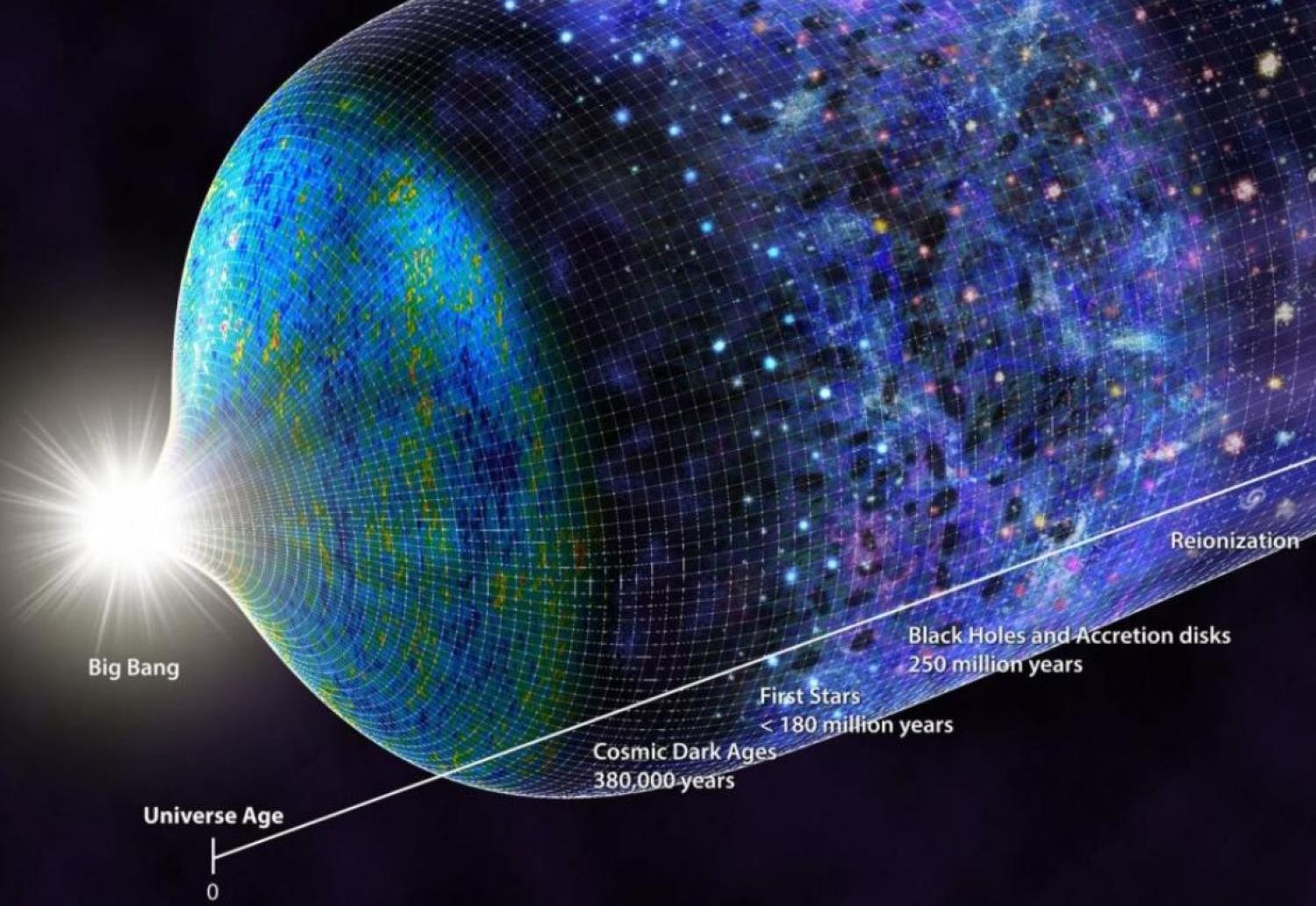Dark side of the moon holds clues to early universe

From CU Boulder Today: The far side of the moon could give CU Boulder researchers an unprecedented look back at the early “dark ages” of the universe before the first stars had begun to flare into existence. NASA recently picked the Dark Ages Polarimetry Pathfinder (DAPPER) as one of nine small satellite missions that it will study for a potential launch next decade. The DAPPER team, which is led by CU Boulder astrophysicist Jack Burns and includes scientists at the University of California, Berkeley, the National Radio Astronomy Observatory and NASA’s Ames Research Center, will spend the next six months crafting a detailed design of this proposed mission.
The goal is to put a satellite in orbit around the moon and, from the isolated environment of the lunar far side, observe signals from clouds of hydrogen gas in the early cosmos.
A 2018 study discovered a possible signal from the universe's first stars, which would have been blue and much bigger than stars today.
If greenlighted, the mission would allow astrophysicists to unwind the universe’s clock, revealing new information about how stars, galaxies and black holes came into being. Burns said that DAPPER could also mark a new step in lunar exploration, transforming the moon into a laboratory for far-reaching science. Read more...

